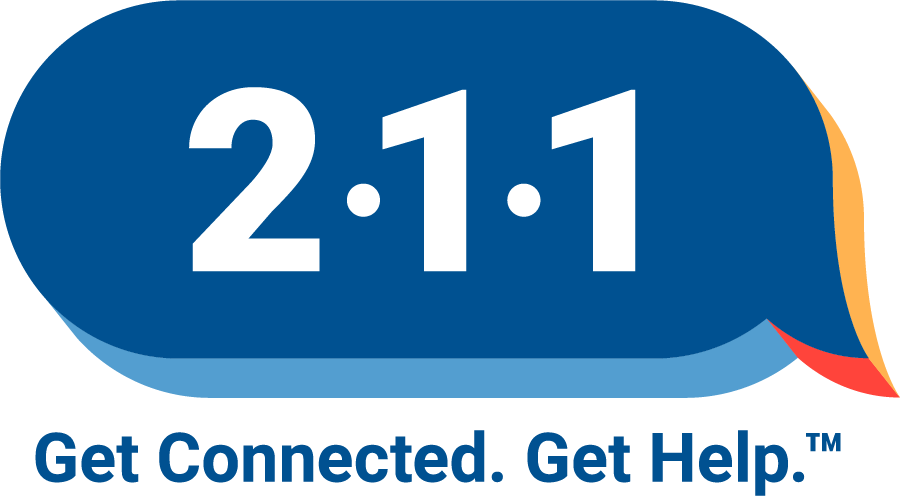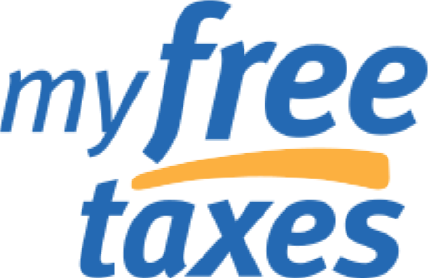United Ways of California’s Long History with the CalEITC

2025 marks the tenth anniversary of the California Earned Income Tax Credit (CalEITC), an essential cash-back credit that helps reduce poverty by providing thousands of dollars to working California households with the lowest incomes. It’s also the 50th anniversary of its federal counterpart, the Earned Income Tax Credit, which is the largest, most successful national anti-poverty program in the United States.
The CalEITC’s creation was the result of decades-long advocacy by many groups (including United Ways of California and local United Ways across the state), and in reality, it was just the first major milestone in the pursuit of income equality in California—a pursuit that continues today.
According to our Real Cost Measure study, one in three people living in California are unable to make ends meet. Of these households, 97% have at least one working adult. Too many Californians are working hard yet still struggling to afford a decent standard of living.
At United Ways of California, we’re working to change this. We advance opportunities for Californians to help hard-working families lift themselves out of poverty and build a better financial future for themselves and their loved ones. Key to this work: creating a more equitable playing field and helping our communities with what they need right now as well as what they need in the future. That is why United Ways of California is dedicated to both providing direct service programs, like free tax prep, as well as advocating for policies that will help build a more equitable California for all.
One such policy priority has been the creation and expansion of the CalEITC.
In 2015, after years of advocacy efforts by organizations like the United Ways of California and our coalition partners, California established the first-ever CalEITC. In the years that followed, dedicated advocates and organizations came together to ensure that expansions of state tax credits benefit all low-income households and that eligible filers can access tax credits through free filing options like VITA (Volunteer Income Tax Assistance) and others available at MyFreeTaxes.org.
Over time, CalEITC income limits increased, additional state credits were established to further support families, employment eligibility diversified, age ranges expanded, and filers using an ITIN (Individual Taxpayer Identification Number)—Californians who pay taxes but aren’t eligible for many benefits, including federal tax credits—became eligible for the state credit.
Here are some highlights of how the CalEITC evolved over time:
- 2015: After years of advocacy efforts, the CalEITC was established as a statewide credit.
- 2017: Those who are self-employed became eligible, and income limits increased.
- 2018: 18-24-year-olds became eligible, and income limits increased again.
- 2019: The size of the CalEITC increased, and the Young Child Tax Credit was established.
- 2020: People who file with an ITIN became eligible for both the CalEITC and Young Child Tax Credit.
- 2021: The Golden State Stimulus targeted CalEITC households and people who file with an ITIN.
- 2022: Families with $0 in income became eligible for the Young Child Tax Credit, it was established that the CalEITC amount would increase with inflation, and the Foster Youth Tax Credit was established.
Our advocacy continues as we urge California’s elected officials to make tax credits more meaningful and more accessible to a larger number of people. Proposed expansions include creating a minimum CalEITC amount and making the Young Child Tax Credit available to those with children up to age 17.
Together, we can create a stronger financial future for every Californian.
Contact us to learn more about how you can champion expansions of these vital credits.
Join us live on February 7 at 12:30 p.m. for a special CalEITC Awareness Week webinar. Register today!



